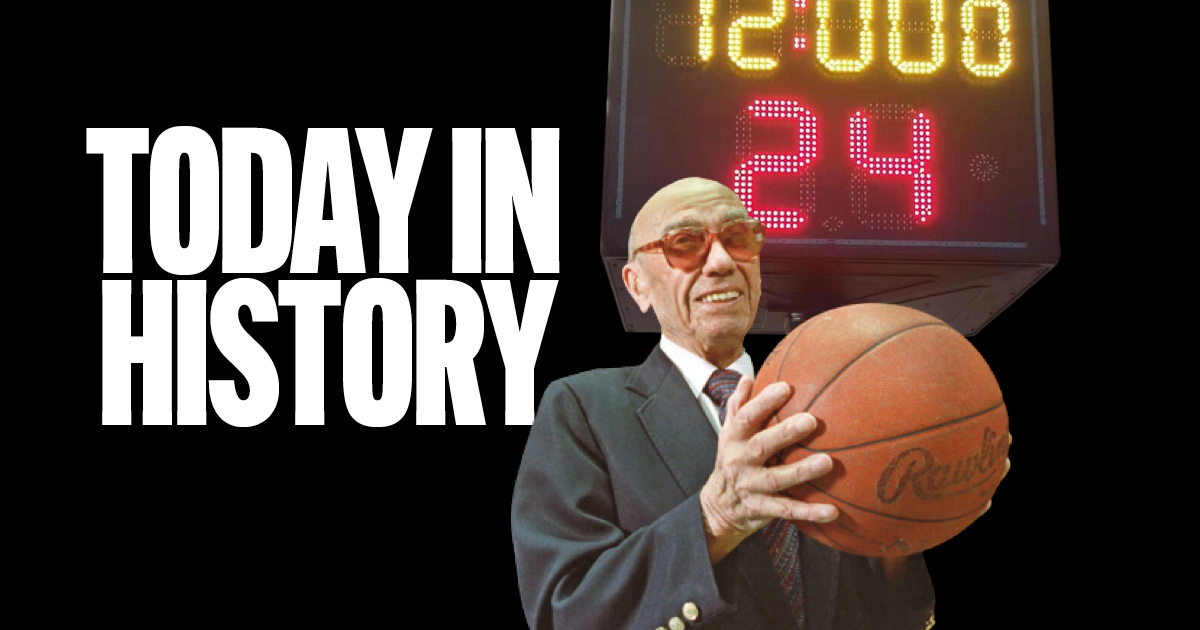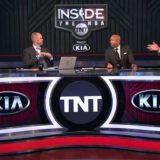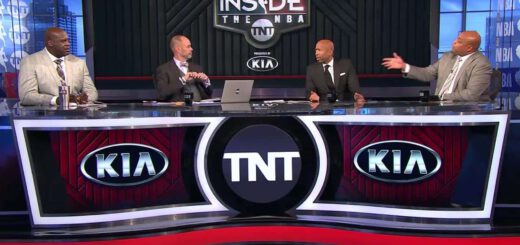Revolutionizing The Game: The NBA’s 24-Second Clock And The Battle Against Stalling
In the storied history of the National Basketball Association, few innovations have had as profound an impact on the game as the introduction of the 24-second shot clock and the limit of six team fouls per quarter. These changes, implemented exactly 69 years ago today, on October 30, 1954, were a direct response to the issue of stalling and deliberate fouling, ushering in a new era of fast-paced, exciting basketball.
The story of the shot clock begins with a visionary by the name of Danny Biasone. Biasone was a passionate basketball fan and the owner of the Syracuse Nationals, a franchise struggling to survive in a league plagued by slow, stalling tactics. It was the 1950s, and low-scoring games had become all too common, sapping the excitement from the sport.
Biasone understood that a change was needed, and he embarked on a mission to revolutionize the game. His eureka moment came in a peculiar fashion; he realized that an average NBA game saw approximately 120-125 possessions for both teams combined. From there, the math was simple – with 48 minutes in a game, each possession should take about 24 seconds.
Biasone’s reasoning was clear: if a team failed to take a shot within this time frame, they would forfeit possession, ensuring that each minute of play was filled with thrilling action. The shot clock was born, and with it, the NBA’s transformation was set in motion.
When the shot clock was introduced for the 1954-1955 season, it was met with skepticism and resistance. Critics wondered if such a radical change would disrupt the game’s flow or diminish its tactical aspects. However, the results were nothing short of spectacular.
The 24-second shot clock breathed new life into the league. It forced teams to play faster, make quick decisions, and engage in rapid, end-to-end action. With stalling no longer a viable strategy, scoring increased, and fans flocked back to the arenas.
While the shot clock addressed stalling on the offensive end, the limit of six team fouls per quarter targeted deliberate fouling on the defensive side. Prior to this rule change, teams could commit an unlimited number of fouls to disrupt their opponents’ rhythm and send them to the free-throw line. It was a tactic that slowed down games and created frustration for fans.
The introduction of the six-foul limit per quarter not only curbed this tactic but also encouraged a free-flowing style of play. It put pressure on teams to defend without resorting to excessive fouls, resulting in more continuous and exciting action.
Today, we take the 24-second shot clock and the limit on team fouls for granted, but their introduction was a bold step that forever altered the course of the NBA. Danny Biasone’s innovative thinking and the league’s willingness to embrace change transformed the sport into the high-octane, fan-favorite spectacle it is today.




















